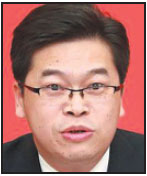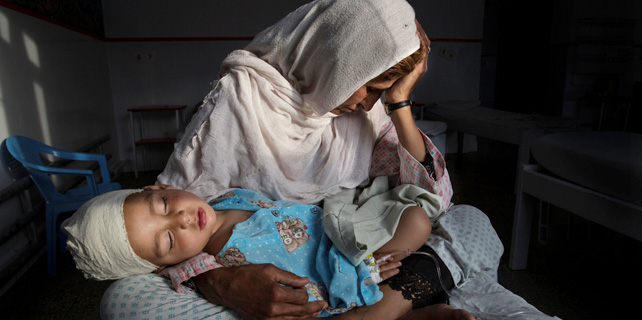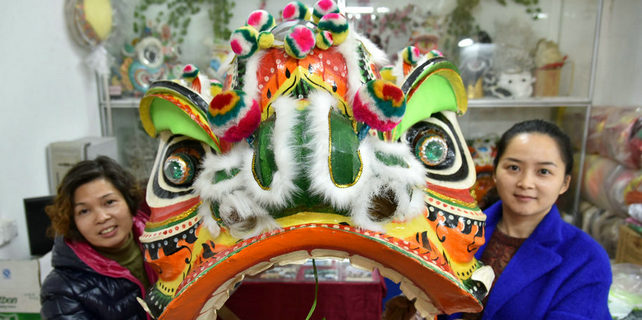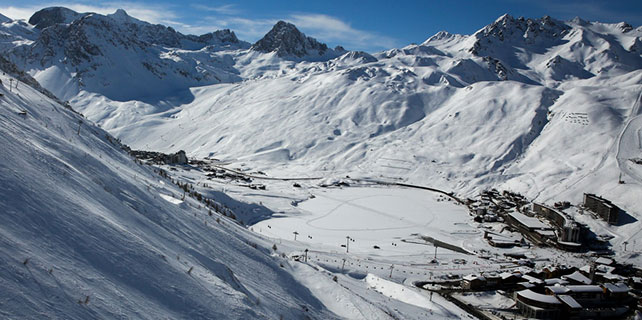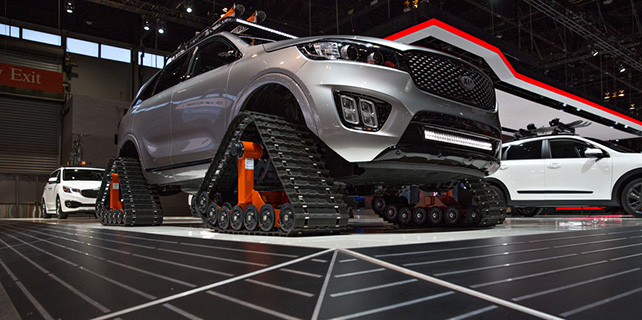Central Beijing limits high-polluting car use
Beijing will ban high-emission vehicles within the Fifth Ring Road on workdays starting from Wednesday, aiming to cut pollution and improve air quality.
|
Yu Jianhua, chief engineer of the Beijing Municipal Environmental Protection Bureau |
High-emission vehicles fall under the National I and II emission standards, most of which have been driven for 10 to 13 years.
The authority said on Monday it expects 15 percent of the oxynitride caused by the auto sector to be reduced after the ban takes effect.
Yu Jianhua, chief engineer of the Beijing Municipal Environmental Protection Bureau, said the number of cars with National I and II emission standards account for less than 10 percent of all cars in Beijing, but their emissions account for more than 30 percent, which makes them the major polluter in the transportation sector.
There are 5.7 million cars in Beijing, which produce about 500,000 metric tons of polluting emissions annually, according to the bureau.
To encourage car owners to replace their high-emission cars, the government has been providing owners with subsidies of between 5,000 yuan and 12,000 yuan ($725-$1,740) from Dec 1.
So far, more than 26,000 cars have been scrapped. The subsidies will run until the end of this year.
Yu said Beijing has done lots of research about how other cities - domestic and overseas - deal with traffic pollution.
In the United Kingdom, only cars with emission standards higher than European IV are allowed on the road in London. European IV emission standards are approximately equal to China's National IV standard, which is much higher than National II.







